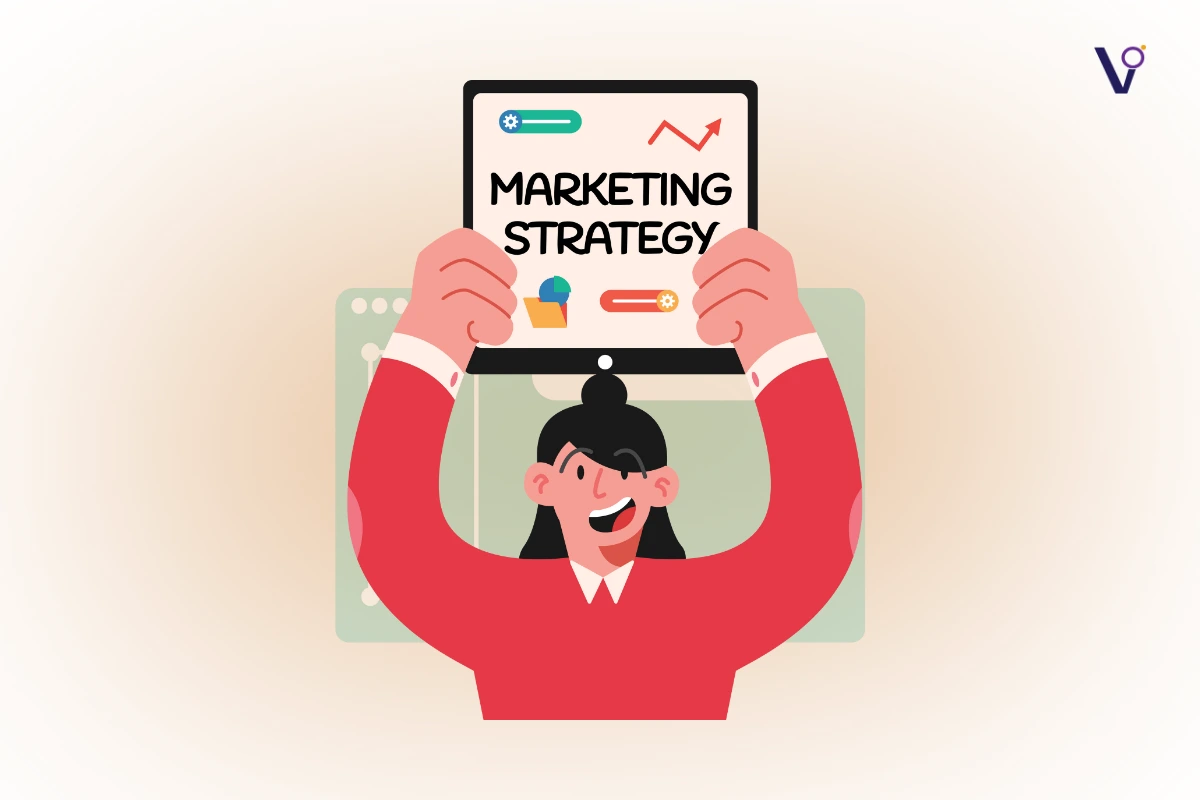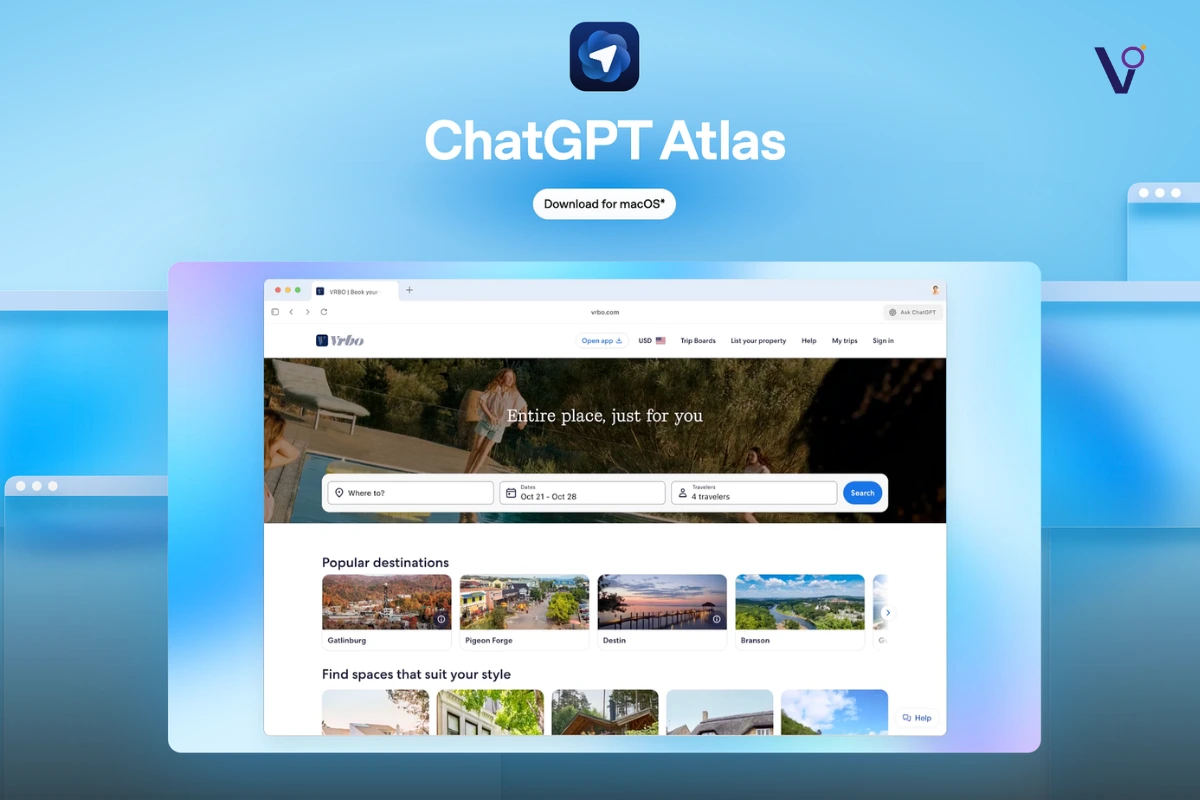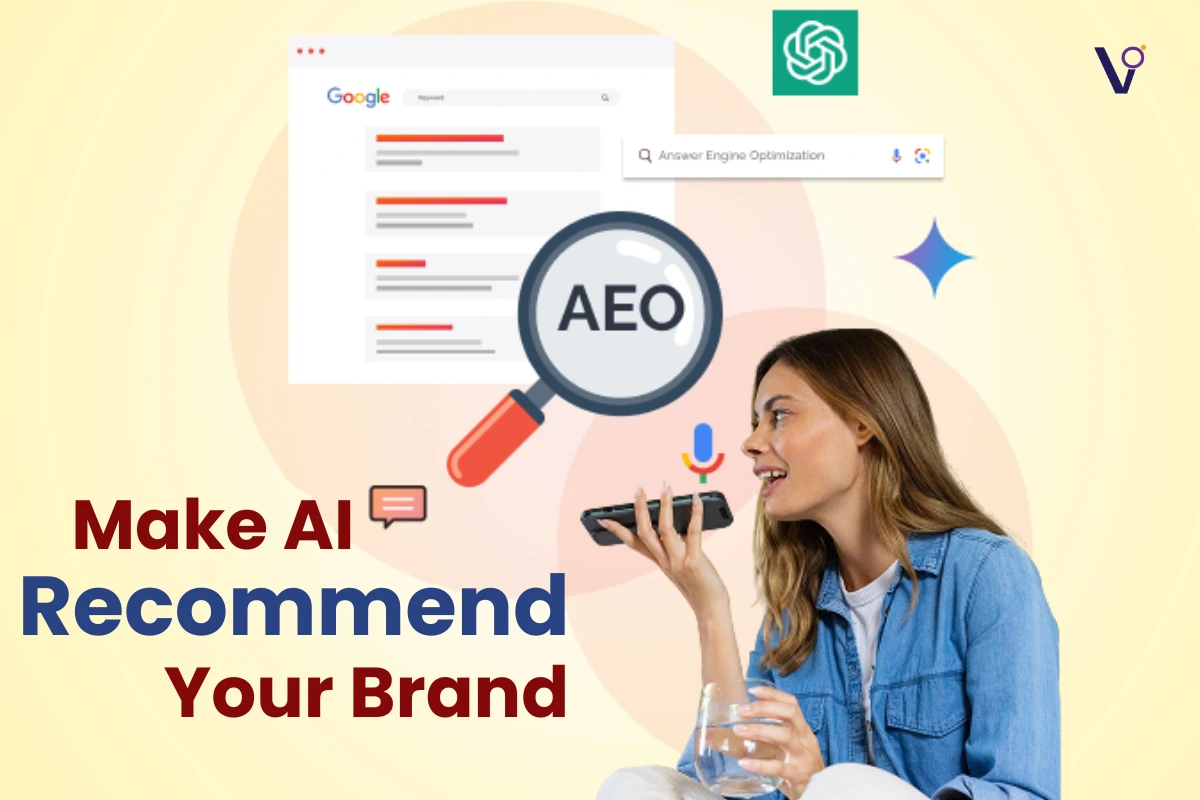Seth Godin, a bestselling author and marketing professional, is known for his innovative strategies. He can call himself an inventor of email marketing; he mastered the art of connection to build his $30 million company. But how did he grow such a loyal audience? The answer lies in his unique philosophy on marketing, storytelling, and service.
How to build an audience
1. Focus on One Thing
In Seth Godin’s words, “If I only have one thing, I could be the best in the world.” This idea reflects his belief in specialization. By focusing on a single area of expertise, Seth avoided spreading himself too thin and positioned himself as a leader in marketing.
His approach underscores the importance of creating meaningful change for an audience. “If I can make a difference for my audience, the money will take care of itself,” he explains. This mindset demonstrates that true marketing isn’t about self-promotion but about serving others effectively.

2. Serve, Don’t Sell
Marketing, according to Seth, is not about hype, hustle, or even gaining social media followers. Instead, it’s about answering critical questions:
- Who are you seeking to serve?
- What change do you hope to create?
- What are the dreams and desires of your audience?
Empathy plays a pivotal role. Seth emphasizes, “It’s not about what you worked so hard to make. It’s about what people need.” To build this understanding, watch customers, asking insightful questions, and noticing their habits. The goal is to solve problems they may not even express directly.
3. Embrace Failure
Every successful project begins with knowing the audience. It’s not about demographics like age or location but understanding their beliefs, fears, and aspirations.
By developing deep empathy, you create products and services that resonate. For example, even without firsthand experience, toy designers create magic for children. Similarly, understanding your audience’s inner world lets you serve them better, even if you’re not part of their demographic.
4. Build Connections
Building connections involves creating environments where people feel like insiders and offering hope and possibility.
Storytelling becomes a crucial tool here. By understanding your audience’s desired outcomes and sharing stories that resonate, you build trust and loyalty. “It’s not about authenticity but about consistency and professionalism.” Real marketing isn’t glossy methods or superficial visibility. It’s about truly knowing who you’re serving, being for them, and showing up really consistently, even when it gets hard.
ViralOmega is here to elevate your business! We specialize in helping you connect with the right audience through strategic digital marketing. Let’s grow together—reach out now!
Marketing Secrets that help you Increase Sales

- Drop the Enthusiasm
Enthusiasm can repel prospects as it feels inauthentic. Think of a networking event: if someone greets you with exaggerated excitement, it feels unnatural. Instead, be genuine and calm. Approach conversations like a professional, not a cheerleader. People trust authenticity. - Understand Their Needs
Prospects want to feel heard, not pitched to. Imagine a doctor asking about your symptoms before prescribing a solution. Similarly, ask questions to uncover their challenges and priorities. Only after understanding their needs should you present your solution. - Pressure is a No-No
Pressure creates resistance. Ever tried pushing someone into a decision only to have them pull back? Instead, remove the pressure by focusing on whether there’s a genuine fit. Let the conversation flow naturally, and don’t force outcomes. - It’s About Them, Not You
Think of the radio station WIIFM—”What’s in it for me?” Prospects care about their goals and concerns, not your product or service. Keep the conversation centered on their needs to build rapport and engagement. - Get in Their Shoes
Imagine the prospect’s buying experience. What are their frustrations? Why might they choose your competitor? Understand their perspective to craft a tailored and empathetic approach that resonates with them. - Create Value Through Questions
Great salespeople, like therapists, ask impactful questions. Instead of pitching solutions, ask:- “What’s this challenge costing you?”
- “If solved, how would it impact your goals?”
These questions guide prospects to see the value of your offering without you explicitly stating it.
- No Isn’t Bad
Not every prospect is a fit. Disqualifying unfit leads saves time and lets you focus on qualified opportunities. If you sense a mismatch, address it early and move on. It’s about finding the right match, not convincing everyone. - If You Feel It, Say It
Trust your gut. If something doesn’t feel right, say so directly but then tactfully. For instance, if a prospect appears distracted, you might say, “You seem preoccupied—should we continue this conversation another time?” Such honesty breeds trust and is a meaningful way to have a conversation. - Get Deep Into Their Challenges
Surface-level answers will not get to the root of the pain. Be sure to continue asking follow-up questions to get at their pain. This not only demonstrates interest but also puts you in the mindspace of a problem solver rather than a salesperson. - Tie Their Challenges to Value
Once you’ve uncovered their challenges, connect those to the value of your solution. For instance, if they struggle with efficiency, explain how your product saves time and resources. - Make It a Two-Way Dialogue
Let them do 80% of the talking while you guide with thoughtful questions. This creates engagement and builds trust. A good salesperson listens more than they speak. - Budget Comes Later
Don’t lead with pricing. First, show how your offering aligns with their needs. Once they see the value, budget discussions become easier and more constructive. - Feedback Loops
Regularly check for understanding and agreement. Ask questions like, “Does this make sense to you so far?” or “How does this align with your goals?” This keeps the conversation aligned and builds trust.
Key Takeaways
- Behave like a doctor, not a salesperson. Diagnose their problems before offering solutions.
- Keep them involved. Ask questions and let them speak most of the time.
- Good stuff happens when you build trust and keep it real.
Using this framework, you’ll engage prospects effectively, build meaningful connections, and increase your chances of closing the sale.
Use social media, expand website traffic, partner with complementary businesses, and create an omnichannel strategy focusing on audience preferences.
Sales can be increased by understanding customer pain points, tailoring offers to meet their needs, utilizing personalized marketing, running promotions, and optimizing your sales funnel.
Yes, social media is a powerful tool to engage with your target audience, share valuable content, and promote your products or services. Consistent posting and interaction can lead to increased visibility and audience growth.
Paid ads can target specific customer segments on platforms like Google, Facebook, or Instagram. Optimize your ads based on data and feedback and make sure your campaigns are well-targeted to maximize conversions.



